Pisa - Motorhome Tour - Boun Giorno Italia-Part IV
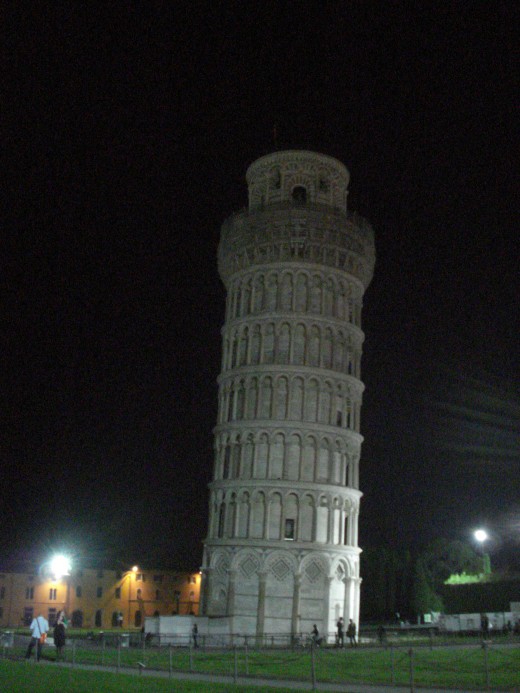
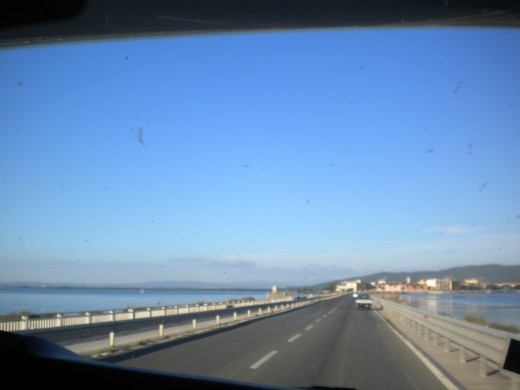

Rome to Pisa back to Switzerland
We daparted Rome at about 2:00 p.m. and enjoyed our journey along the seashore heading to Pisa. We made a stop over and took our short rest and snacks along the seaside.
It was about 30 degrees, a very warm day at that time of October month as we daparted Rome. People are enjoying the day, swimming in the sea, making picnic, children playing in the seashore.
Arriving in the evening in Pisa, we drove to the nearest RV parking place. We started our few minutes walk to the Leaning Tower of Pisa.
We did not stay for long, went to our RV after taking some pictures and took our late supper with a delicious baked meat with Italian bread.
It was a very enjoyable RV tour in Italy, with a very warm weather. We were all happy and contented, a memorable RV Italian adventure from Venice - Florence - Rome - Pisa.
Motorhome road trip from Rome to Pisa, Italy
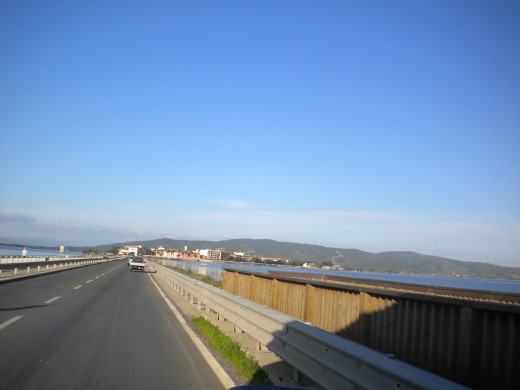
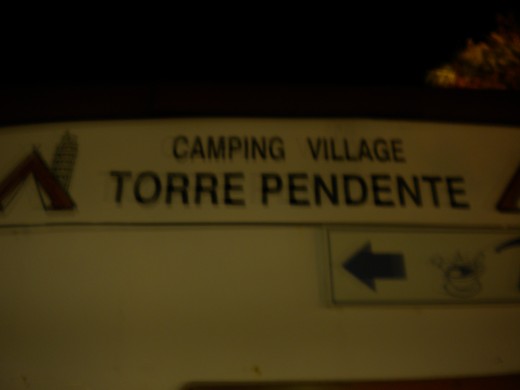
Pisa
Pisa is a city in Italy, located in Tuscany, near the mouth of the Arno in the Ligurian Sea. In the Middle Ages and the early modern period, it was also a city-state (Republic).
Pisa is the capital of the province of Pisa and has 88 217 inhabitants (as of 31 December 2010). Landmark is the Leaning Tower of Pisa, known as the Campanile. In addition to a large university Pisa also have the Scuola Normale Superiore and the Scuola Superiore Sant' Anna, elite highschools of the Italian state.The atmosphere and vibrancy of the city is dominated by about 40,000 students, accounting for almost half of the inhabitants of Pisa. On the other hand, this leads the city quite and calm when the actuating drive Unibet rest in vacation, as most of the students are no permanent Pisan.
The city center stretches over four historic districts, the railway station in the south to the Piazza dei Miracoli (Field of Miracles) and the Leaning Tower in the north. Center of the historic quarter of San Martino, Santa Maria, San Francesco, Sant'Antonio, the Ponte di Mezzo, the central Arno bridge.
As most tourists do not wander far from the Leaning Tower of Pisa they can be found in one of the cities of Tuscany, which have remained fairly original and genuine. If you move just a few hundred meters from the tower, you see winding streets, bars and typical Pisan yellow painted houses.
History of Pisa
In the Middle Ages, Pisa was one of four sailors republics of Italy (along with Genoa, Amalfi and Venice). In addition, the city was in competition with the neighboring republics of Lucca, Tuscany, Florence and Siena. Finally lost its independence in 1406, the Republic of Pisa to Florence. During this time, the Pisan, a special language developed city, which is still spoken and yet also has a lively writing tradition (Scripta) features.
Pisa was known by the Council of Pisa in 1409, by the election of Alexander V. and John XXIII's successor.who tried to end the Western Schism, however, it only got worse, so it suddenly gave three popes, one in Rome, one in Avignon and just one in Pisa, at the same time.
Famous sons of the city was Galileo Galilei, after which the airport of Pisa is named, and Fibonacci (Leonardo of Pisa), one of the greatest mathematicians of the MiddleAges.
The Leaning Tower of Pisa

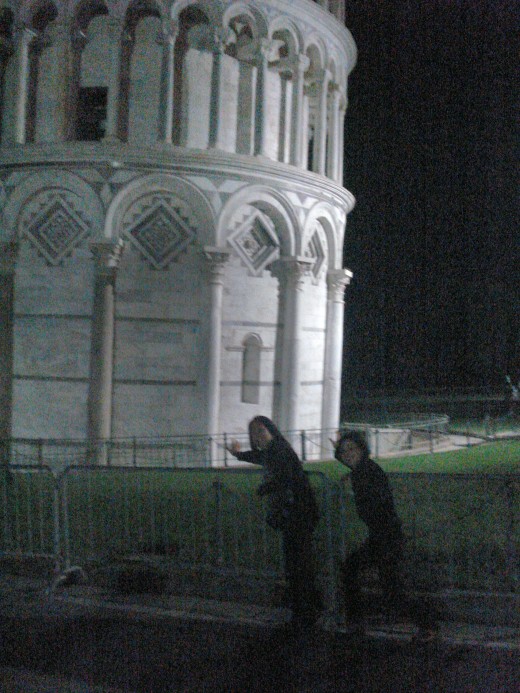
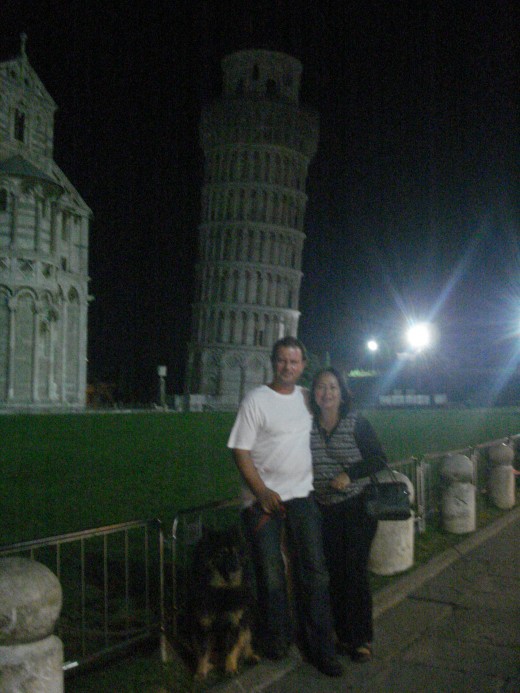
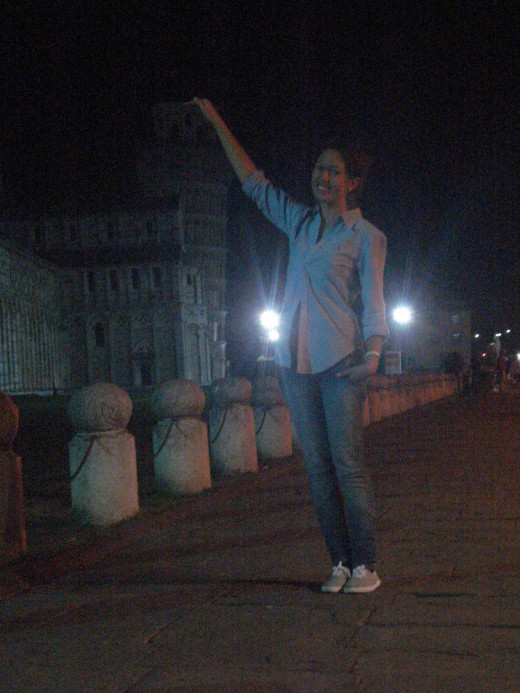
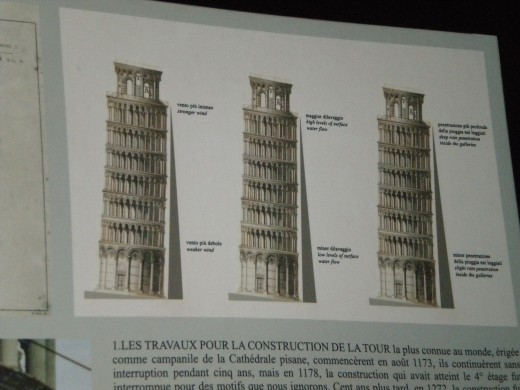
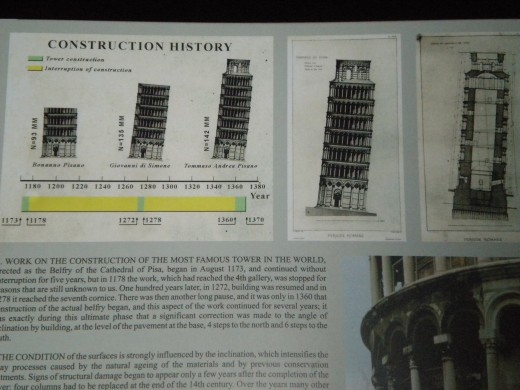
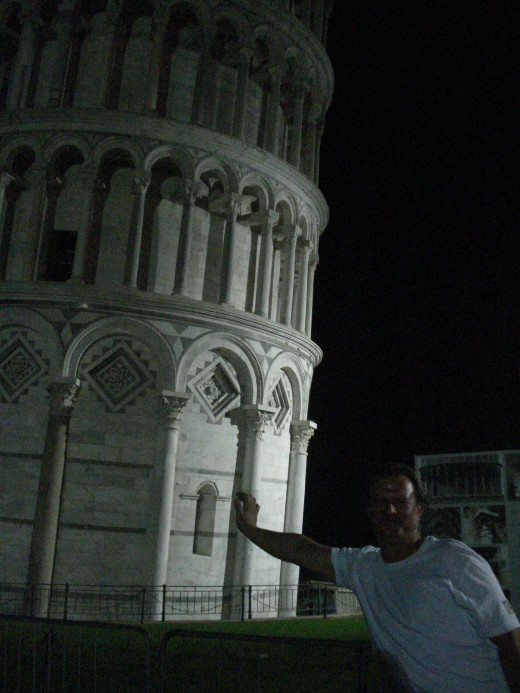
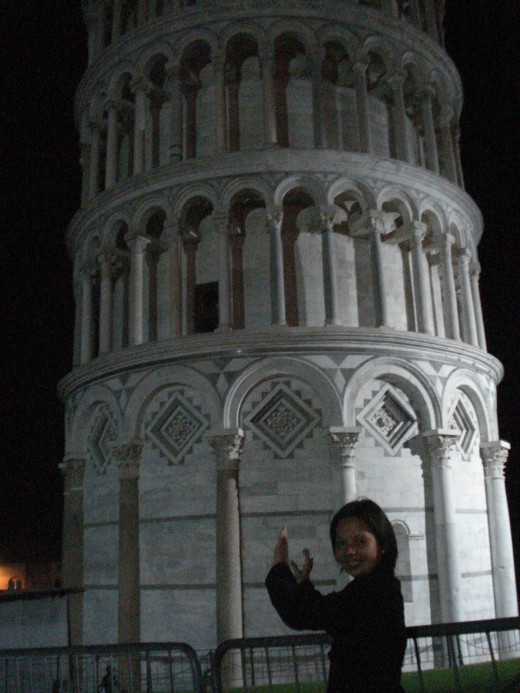
The Leaning Tower of Pisa
Torre pendente ital - is the most famous crooked building in the world and symbol of the city of Pisa in Italy.
The tower was a free-standing bell tower (Campanile) planned for the cathedral in Pisa. Twelve years after the corner stone was laid on 9th August 1173, when the building at the 3rd Floor was reached, the tower began to toddle southeast due to a fundamental breach.Then the building was interrupted for about 100 years. The next four floors were built then tilted to compensate for the imbalance. Afterwards the building had to be interrupted again, until 1372 the belfry was completed..
The tilt of the tower rests on the surface of clay mud and sand, which deforms under the weight. According to recent excavations, it stands at the edge of a former island next to an ancient time of construction already silted harbor.The tilt of the tower is 3.97 degrees
According to legend, a native of Pisa, Galileo Galilei discovered in experiments on the tower, the case law.
In 1987 the ensemble from the tower, the nearby cathedral, baptistery and cemetery was declared by UNESCO as a World Heritage Site.
Architecture
The Leaning Tower of Pisa, near the Duomo - Close-range input
Allowed the 55 meters high and 12 meters in diameter Campanile consists of 14 200 tons of white Carrara marble and has seven bells that ring but not a long time because of the danger of collapse. It should be the high point of the whole system of Piazza dei Miracoli. It differs from the usual square towers of central Italy and is a great contrast to the tapering towers of northern Europe. It rests on a foundation of 700 m³ spiral stone and mortar, 100 meters in height would be builders Bonanno let the bells ring. The boundary wall around this area is around 3.57 meters thick. Near the entrance the month and year of construction started in: August 1173rd are carved. But is always referred to in documents in 1174, because the Pisan at that time when their calendar the new year began on 25 March.
The Campanille had other function aside from carrying the bells. Under external threat where the clergy fled in the tower. Wall openings and protrusions in the cylinder shaft made it possible to collect, beams if necessary on each floor..
Each floor has a door out onto the colonnade, each of which consists of 30 columns. On the south side up six steps lead up to the belfry, on the northern side four. The stairs to the upper terrace have inspired Brunelleschi to build a similar stairway to the lantern on the dome of the Duomo in Florence.
On 7 January 1990 the 14,500 tons of heavy tower was closed to visitors because the angle was too dangerous. After 12 years of renovation measures, the tower was raised again by 44 inches, it was reopened on December 2001 to tourists. Groups of visitors can tour the tower in groups of up to 40 visitors every 20 minutes Remediation.
Attempts to rescue the Middle Ages, through the construction of special construction measures such as sloping floors and walls thinner and lighter on the overhanging side failed, so that was from the originally planned height of 100 meters, only 54 meters built.
Lead ingots as a counterweight
Since 1990 various temporary closure of the remediation measures were undertaken. In May 1992 the Campanile with steel tire on the second floor was secured, since there had been dangerous cracks in the marble-bearing. A total of 18 of these tires were installed. In addition, in July 1993 incorporated in the foundation 600 tons of lead ingots as a counterweight on the north side. Thus, the tilt of the tower in 1993, has been reduced by an inch. In 1995, further restructuring measures (land of ice and steel cable anchoring) performed in the sequence thus increased, however, the inclination. Subsequently, the higher side foundation of 900 tons of lead stopped the inclination.
A committee of international experts, which should decide on the refurbishment of the tower (1990 to 2001, led by Michele Jamiolkowski), could not agree on specific measures and was therefore resolved by the end of 1996 by the Italian government. After the great earthquake of September 1997 the committee was, however, be reinstated. It was agreed in autumn 1998, mostly on a new measure for the renovation of the Campanile, the so-called soil-extraction method (designed by John Burland).To this end, the following year, long holes in the ground beneath the northern part of the tower were drilled, so that approximately 50 m³ of material were removed. Slumped to the ground slowly, and finally the bottom of the tower, and the whole tower was directed increasingly toward the north. It was planned to reduce the overall tilt of the tower by 10%, were reached 44 cm. Thus, the tower is expected for the next 300 years saved. After completion of the remedial measures, the tower was on 15 December 2001 again open to visitors.
While this work was to secure the tower in 1998 with two large metal cables of 103 meters in length is fixed so that it could not fall down by unexpected movements.
During construction of the building for security, an ancient Roman road was discovered, which was still listed in the old original plans, as well as a medieval grave along with full skeleton.
Cathedral of Santa Maria Assunta, Pisa
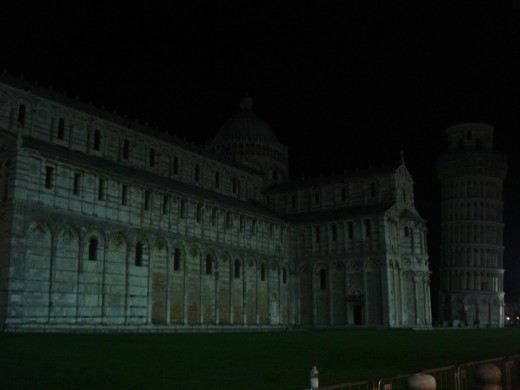
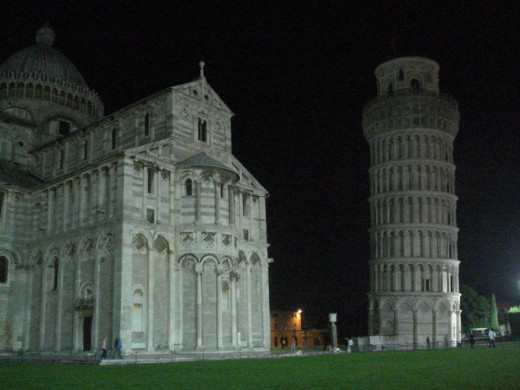
Cathedral of Santa Maria Assunta, Pisa, Italy
Is a church in Pisa ,to which the world famous Leaning Tower of Pisa belong.
The cathedral stands on the spacious, bright green lawn of the Piazza del Duomo, where the three associated buildings Baptistery, Monumental Cemetery and the Campanile (Leaning Tower of Pisa) are. While in many other cities were built over these areas from lack of space, there they stayed in Pisa. Today, they allow an excellent view of the impressive works from the heyday of Pisa. This place wascalled by the poet D'Annunzio as the Piazza dei Miracoli(Field of Miracles) and still called today. Despite a different construction of over 200 years created by the constant building Carrara marble facade and the uniform design with a coherent picture. The cathedral became a proto type for future cathedrals such as Florence and Siena, and was regarded for centuries as the most monumental building of the Christian story.
On the whole building, many unrelated characters on the outside walls can be found.The reason is that they re-used old materials or materials brought from conquered cities.
Pope Gelasius inaugurated the still unfinished cathedral in 1118.
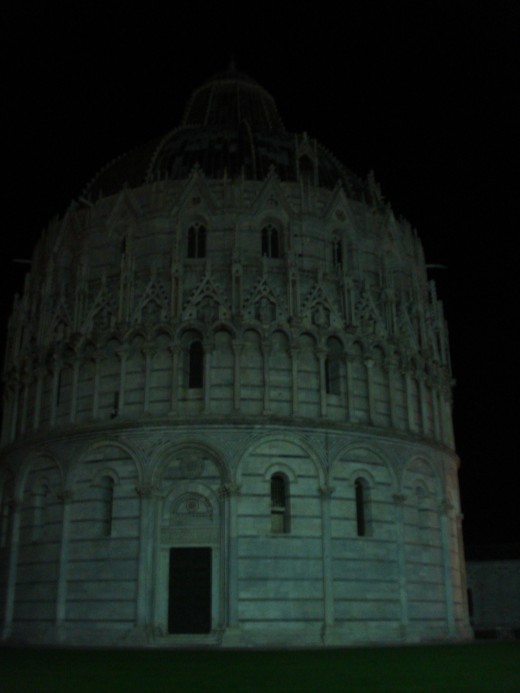

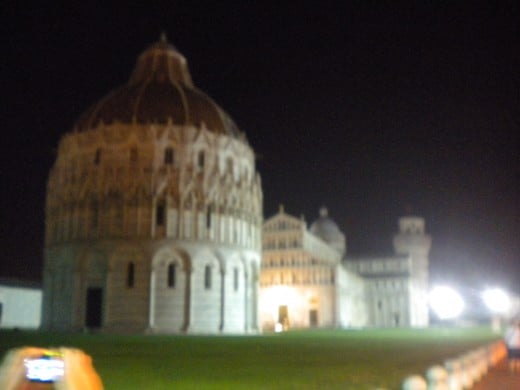
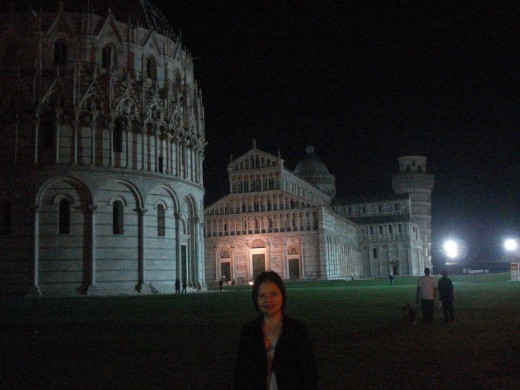
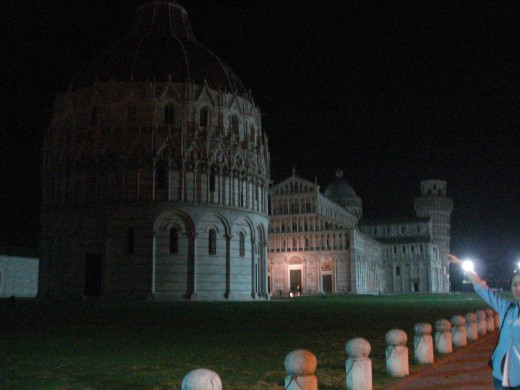
Baptistery of the Duomo in Pisa
The free-standing building was begun in 1152 by Diotisalvi as a supplement to the Romanesque cathedral on a circular ground plan modeled after the Anastasis Rotunda of the Holy Sepulchre in Jerusalem. The building has a two-story columns inside rim of 12 piers and columns, which separates a groined vault handling from the central region under the inner dome. This inner dome consists of a truncated cone, which was originally open at the top. After a financially-related construction freeze at the end of the 12th Century, the exterior cladding continued until 1260 by Niccolò Pisano and Giovanni Pisano, 1277-1284. While the first level or the style of the cathedral has been adjusted, they built the second floor with blind arches in the lush style of Gothic. The outer segment dome that covers the inner dome part, was only built in 1358 by Cellino Tues Nese and Zibellinus, an architect from Bologna. It is added to the construction of a third floor exterior. 1394 joined to the open center of the old dome cone with a small vault, which caused the building to its present total amount.
Pisa's Baptistery is the largest Baptistery in Christian history. There is a total of 54 meters high and has a circumference of 107 meters.
The copies of the busts now visible on the arcades represent prophets and apostles, original was created by Giovanni Pisano. On the top of the church is a three-meter high bronze statue of John the Baptist, has been fixed at the beginning of the 15th Century. The main entrance is framed by two columns decorated with reliefs and reflects the life story of John the Baptist.
In the middle of the church is an octagonal font, which was created by Guido da Como Bigareli 1246th In 1929, a statue of John the Baptist by Italo Griselli was added. The marble pulpit by Nicola Pisano in the baptistery dates from the period 1255-1260. Seven pillars support the hexagonal pulpit basin in which the lectern is carried by an eagle.View are also prophets, and the five virtues of John the Baptist. On the parapet of the chancel are five reliefs with scenes of Nativity, Adoration of the Magi, Presentation in the Temple, Crucifixion and Last Judgement of Christ's life.
Down stairs you can reach both the circulation in the galleries as well as under the domed roof. Sketches on the circulation of the largely destroyed frescoes of the Campo Santo are issued.
The Baptistery with its cylindrical design has a particular echo behavior. Occasionally one of the guards madet several different vocal sounds that are used in combination with each other through the echo of a sound experience in the building.
As in many medieval religious buildings in the Pisan Baptistery is also the symbolism of numbers in the number of architectural elements (such as pillars, columns, etc.) is of particular importance given their numbers and with numbers that appear in the Bible, taken in context. An overview of such number of interpretations can be found here. In particular, the Baptistery are four, eight and representing the Twelve.
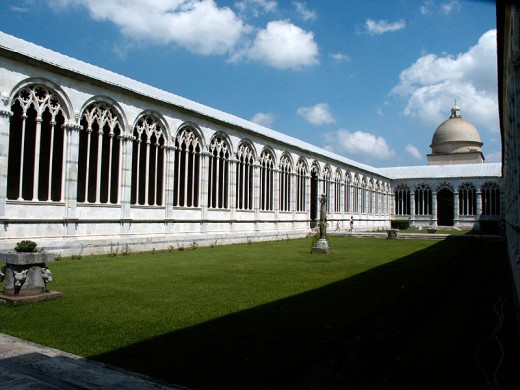
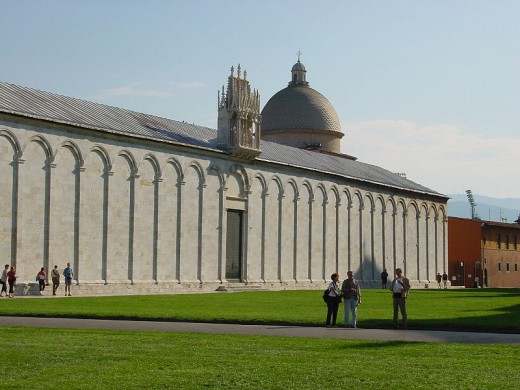
The Monumental Cemetery
Also known as the German: monumental cemetery is a cemetery in Pisa.
The Campo Santo is the northern end of Piazza dei Miracoli with the Duomo, the Baptistery and the Leaning Tower. The Gothic facade with marble arches blend acts as a backdrop.
The cemetery will contain traditions of earth from the Holy Land, the Archbishop Ubaldo de 'Lanfranchi of his journey with the Crusaders brought back to 1203. The rectangular building was begun in 1278 by Giovanni di Simone, interrupted after the defeat at the Battle of Meloria and completed only at the 1358th
Inside, the Campo Santo in the form of an elongated arched cloisters with arcades around a new courtyard with green grass and cypress trees. As a burial place still late antique sarcophagi inside are housed. They served in the Middle Ages the nobles of Pisa as the graves and were initially placed around the cathedral in Pisa.
Before the severe destruction of the Campo Santo by the bombs of the Allied Forces during World War II, the walls were painted with frescoes. After the war they were with the strappo a technique taken from the walls and restored.Under the layer of plaster called sinopie it came to the fore of the frescoes, which were also released from the walls and look at today in the Museo delle Sinopie are.
The Florentine Buonamico Buffalmacco created in the second half of the 14th Century's most famous fresco cycle of the episodes from the Triumph of Death (Trionfo della Morte), representing the Last Judgement and the life of the hermit saints. The large painting The Triumph of Death is considered to be the gloomiest view of the unrelenting wrath of God. In the southern part were the stories of Job in 1342 by Taddeo Gaddi, painted from 1348 to 1386, the stories of the saint, San Ranieri by Antonio Veneziano from 1390 to 1391 and the stories of saints and Potito Efisio by Spinello Aretino. In the northern part from 1389 to 1391, the stories of Genesis painted by Piero di Puccio, who are in the Cappella dal Pozzo on display. Finished this last part was 1468-1483 by Benozzo Gozzoli with stories of the Old Testament. The eastern part of the Monumental Cemetery was built between the 16th and 17Century painted with frescoes.
In Germany, similar cemeteries were built along the lines Campo Santos. Except for the in 1557 built town cemetery in Halle (Saale), all German Campo Santo cemetery in recent centuries have gone a little lost by urban expansion, wars or abandonment of the cemetery grounds.Monumental Cemetery
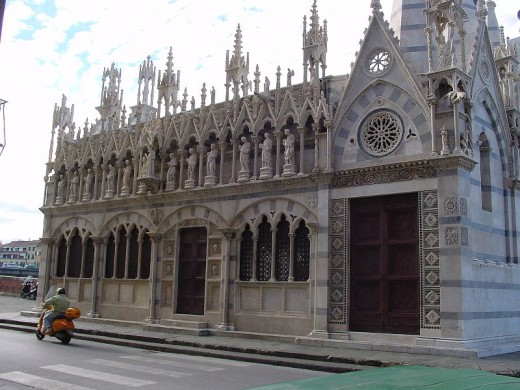
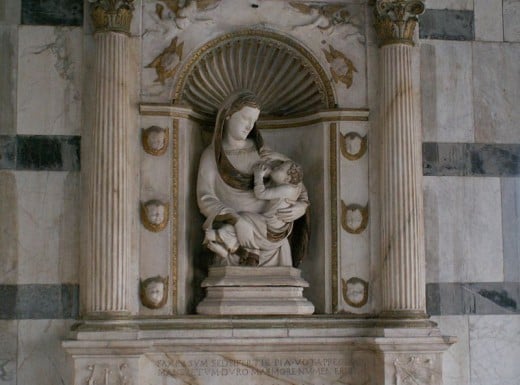
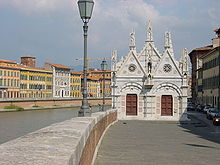
The church of Santa Maria della Spina
The church of Santa Maria della Spina church or even spike is a small church in Pisa.
It owes its name to a thorn crown of thorns, a long time in this church has been preserved. But the thorn had Chiara abgegeben to be the church of Santa and is now in its chapel, which belongs to the same hospital.
Was already begun in 1230 with the construction of the church of Santa Maria del Ponte Nuovo (Italian for Saint Mary of the new bridge) als Oratorium. Originally it was built on the gravel bed of the River Arno and surrounded by an open portico. 1323-1325 it was expanded by architect and sculptor Lupo di Francesco, and decorated with a rich decoration of pediments, pointed towers, statues, shrines and gables. In 1333 the church got their present name, the new repository for the relic of Christ's crown of thorns. The building is typical of Italian Gothic architecture. The construction of this church were the most famous artists of the 14th Century, as Lupo di Francesco, Giovanni di Balduccio, Andrea Pisano, Nino Pisano involved. Giovanni Pisano created including the Madonna col Bambino (German: Madonna with Child) and the angels in the niche on the facade.
Several times the church had to be restored due to damage caused by the flooding. In 1871 the church was dismantled because of the ever-threatening flood and during the remodeling of the river Arno in 1884 to today's higher ground rebuilt. Finally, the small church was restored in 1996-1998. Many statues on the outside wall of the church were replaced by copies and can be seen as an original in the National Museum of San Matteo.
Inside the church are statues of the Madonna and Child, St. Peter undJohannes the Baptist by Andrea Pisano and Nino Pisano from the period 1345-1349. They are regarded as masterpieces of the Gothic period. By Nino Pisano is the Madonna del Latte (nursing Madonna, Madonna literally the milk), which can be seen today in the National Museum of San Matteo. Furthermore, can also look at the Tabernacle of Stagio Stagi, which was created in 1534 for the retention of the spine.
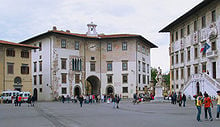
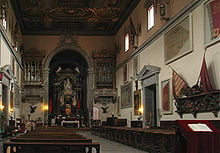

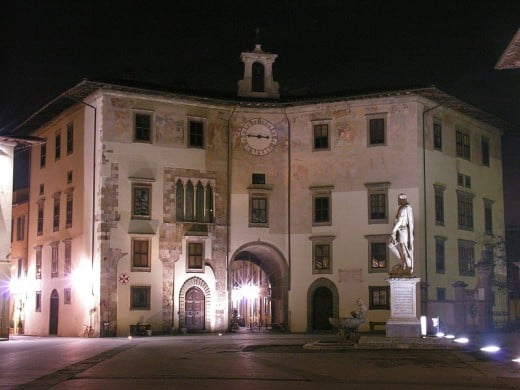
The Piazza dei Cavalieri
The Piazza dei Cavalieri (Knights of the space to German) is famous for its impressive buildings. It is located in the old town of Pisa and formerly called the secular space of the main town of Pisa. The influential Medici family, demonstrating their power in this place, but that is not the only place of importance for the history of this city. Pisa lost its independence in 1406 to that place with the handover of the keys to the city representatives of the largest rival Florence. Ultimately, the Piazza dei Cavalieri is one of Europe's most beautiful places in the Renaissance.
Palazzo dei Cavalieri was built around 1560 by the architect Giorgio Vasari, who was commissioned by the Florentine Medici family. The plaza should be redesigned and better. The palace was a curvy, coats of arms decorated facade and a stairway decorated with statues.
Palazzo della Carovana
The former senior palace, also called Palazzo della Carovana, now home to an elite university that is a descendant of Napoleon founded the Scuola Normale Superiore.
Palazzo dell'Orologio Torre delle Sette Vie and Torre della Fame
The clever architect Vasari also built the famous watches Palazzo dell'Orologio. He described the transition from Torre delle Sette Vie, a city jail and the Torre della Fame, the dungeon, which owes its name to the miserable starved city's main man, Count Ugolino della Gherardesca.He was accused of treason in 1288 and with his children locked in this tower. Information on these counts can be found in Dante's "Inferno."
Church of Santo Stefano dei Cavalieri
This also built by Giorgio Vasari in 1567, Church of Santo Stefano dei Cavalieri is known for its impressive interior. It is the Bishop of Rome dedicated to St. Stephen. Arabian Treasures, a baroque altar and an ancient wooden painted ceiling refine this church and remember the great reputation of the Piazza dei Cavalieri.
Oldest botanical garden in the world (founded 1543)
A botanical garden is often the origin of the plant species orderly planting of trees, shrubs and herbaceous plants. Botanical gardens are often under the administration of a university or college, such as collections of plant species can be used as a basis for scientific work.
One is limited to trees and shrubs botanical garden called the Arboretum. An arboretum may be part of a botanicalgarden. Other typical ingredients are alpine flowers andtropical greenhouses.
Since 1492, the Arboretum of Trsteno near Dubrovnik is proved. Early botanical gardens in 1544 were in Pisa, Italyby Luca Ghini, founded in 1545 by Johannes BaptistaMontanus Padua and Florence (1545) and Bologna(1568). Germany followed in botanical gardens in Leipzig(1580), Jena (1586), Heidelberg (1593), Gießen (1609)and Freiburg (1620), mostly still incorporated into the medical faculty as a Hortus Medicus. The Botanical Garden of Kiel was the first German botanical garden in the strict sense. It was established in 1669 by JohannDaniel Major at the University of Kiel.
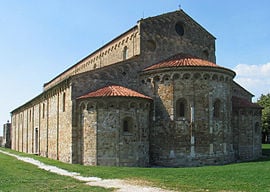
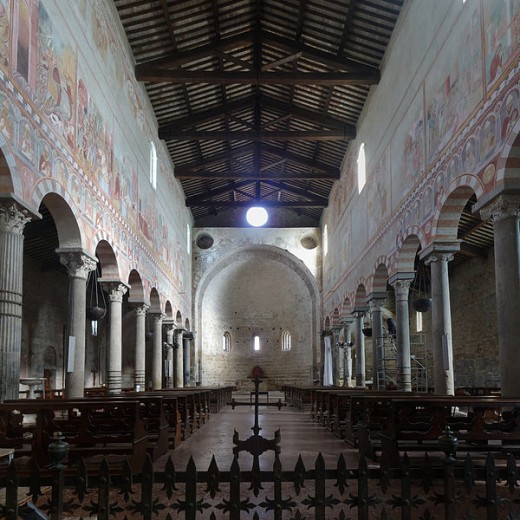
The Basilica of San Piero a Grado
Is located in the same village in the Tuscan city of Pisa, about 8 km southwest of downtown. It is located at the spot where the Roman era, the main arm of the Arno flowed into a lagoon, which later silted up. Here is the St. Peter have entered Italian territory for the first time in his journey to Rome. For the pilgrims of the Middle Ages, the pilgrimage church an important stop on the way to Rome. Even from that time she has the title Basilica Minor.
The construction of the basilica in the Romanesque-Pisan style was in the 10th Century as an extension of an older building and started in the 11th Century completed.Excavations have seen three architectural epoch: Roman foundations of port buildings, the wall of the apse of the first church in the 4th Century and the vestibules of the second Church of the 6 / 7 Century.
Basilica of San Piero a Grado, Nave fresco cycle
The columns with their Corinthian, Doric and even Syrian capitals come from earlier Roman buildings. The arch between the columns clearly show the various stages of construction of this basilica: first the east, with smaller arches, and in the subsequent period of part-way with larger sheets to sea, as can be seen at the foundations, had that part will be much longer and with the facade to complete. The destruction of the facade has remained a mystery, and will result in the basilica as the ancient basilicas of the Roman Empire included from opposite apses.
The bell was from the 12th Century. It was destroyed in 1944, and only as a short stump rebuilt.
The frescoes in the interior of the basilica are from the last years of the 13th and the first of the 14 Century and carried out by Deodato Orlandi, a busy painter from Lucca, Pisa. It seems he has in the various depictions of motifs from the life of the nave of St. Peter, the appeal of Jesus to the events of the book of Acts, the arrival of "Gradus ad arnenses", together with the martyrdom of St. Paul's funeral and other events is repeated, once the atrium of the old Basilica of St. Pietro sul Vaticano decorated. Below this large fresco of the Roman popes are represented, from St. Peter to John XVIII., Who was pope from 1004 to 1009. This special episode of Papstbildnisse reminiscent of the San Paolo in Rome, with the difference that this is in S. Piero a lot older. The frescoes are in the aisles by the negligence of the time and the remarkable transformations that the church has undergone over the centuries, largely been lost.
In the facing of the exterior walls of the basilica, some with stone reliefs found in the classical and Romanesque style, and some inscriptions from the Roman period. Under the eaves on the north outside you can admire beautiful ceramics in Moorish style, they are among the best known of this type of decoration in the room Pisa.








